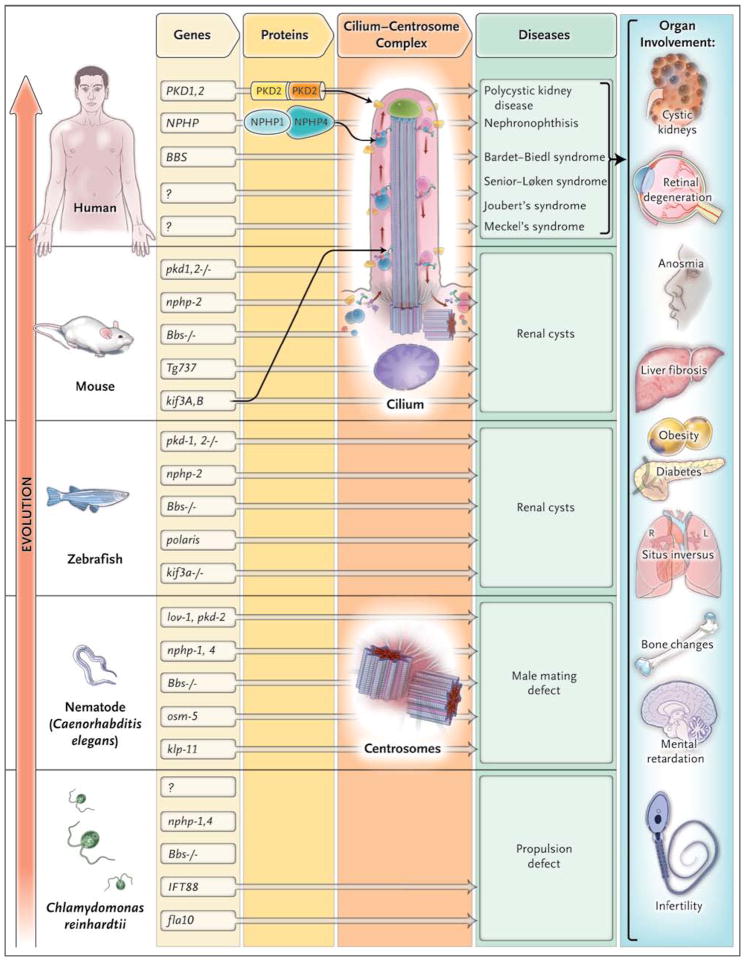Figure 2. Evolutionary Conservation of Ciliopathy Genes and Organ Involvement.
The cilium–centrosome complex (CCC) has been conserved throughout evolution and across organ systems. The flow of genetic information is shown from left to right, from genes to proteins and their expression at the CCC and then to disease phenotypes. The vertical axis represents evolutionary time. There is strong evolutionary conservation of “ciliopathy genes.” Many ciliopathy proteins directly interact. The pathogeneses of ciliopathies converge at cilia and centrosomes. Many of the orthologues of genes in vertebrate cystic kidney disease (e.g., lov-1 or nph-4) are expressed in ciliated neurons of the head and tail of the nematode Caenorhabditis elegans, where they cause a phenotype of a male mating defect if knocked down. Many proteins altered in the Bardet–Biedl syndrome are conserved as basal body components of motile cilia of Chlamydomonas reinhardtii, in which mutations lead to a phenotype of defective intraflagellar transport or propulsion. Sensory cilia and centrosomes are key to ciliopathies because they serve distinct functions in different tissues, causing a broad range of organ involvement. (Adapted from Hildebrandt and Zhou.7)

